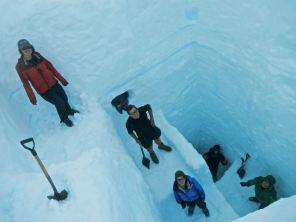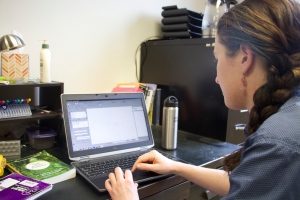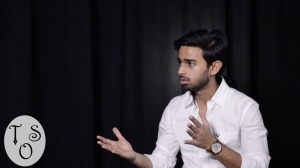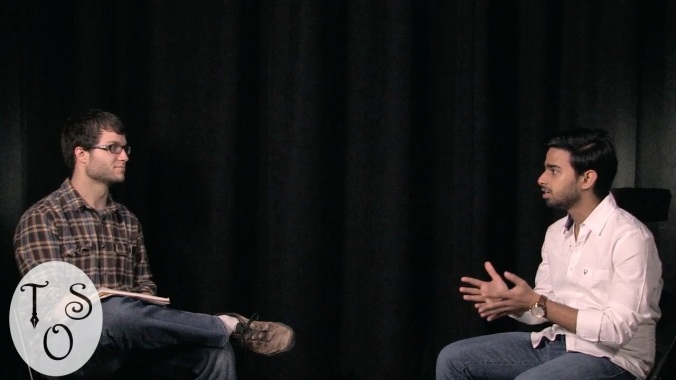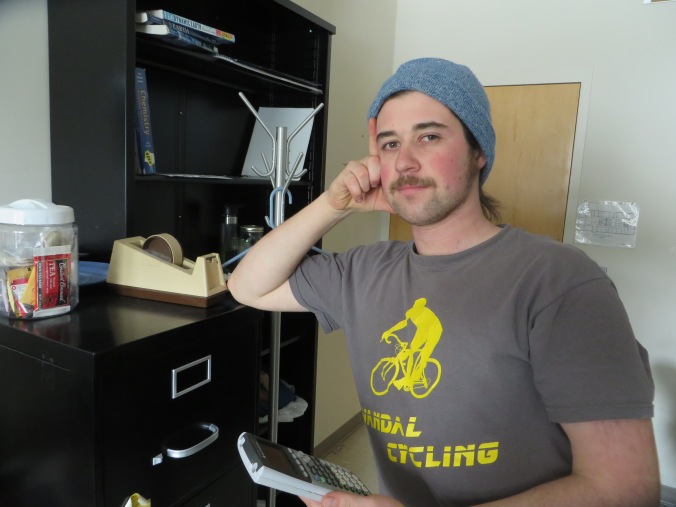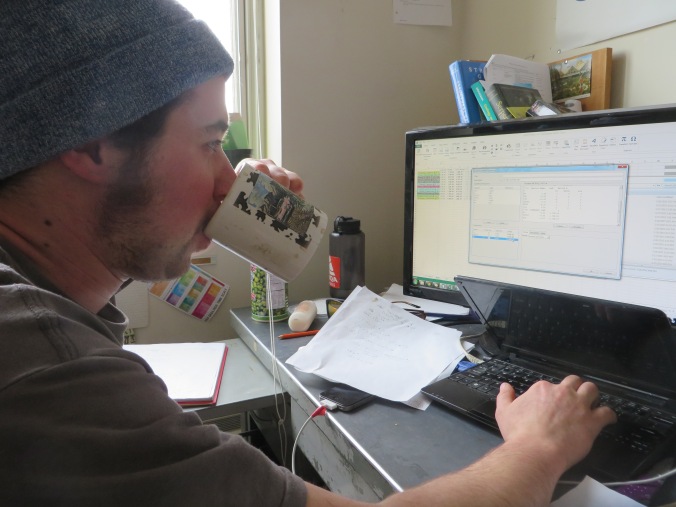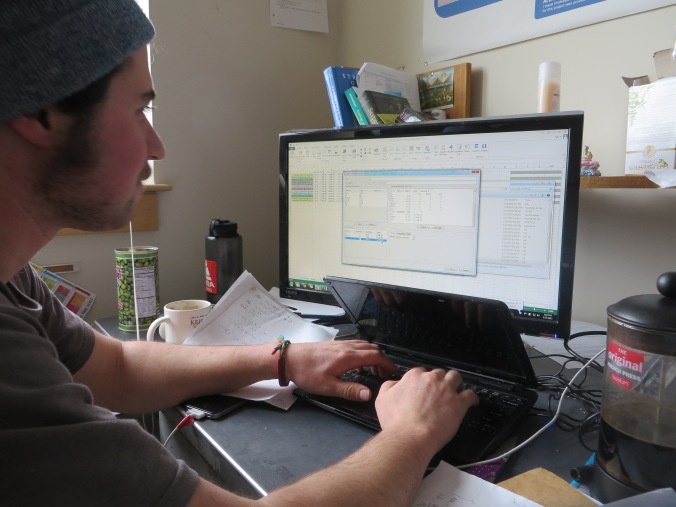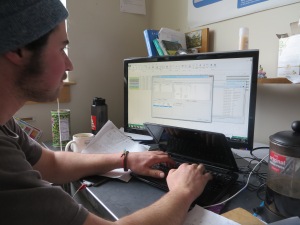If you’ve ever seen “Rise of the Planet of the Apes,” the 2011 prequel to the 1968 science fiction film, you might recall the scene when Caesar, the chimpanzee with increased intelligence courtesy of human experimentation, utters his first word. Caesar is being held in a kind of animal shelter for apes, where the proprietors aren’t very kind to their residents. Tired of the abuse he and his fellow apes receive, Caesar decides to lead the monkeys in a revolt against their captors. At one point one of the guards attempts to discipline Caesar with a baton, when the ape grabs his arm.
“Get your stinking paw off me, you damn dirty ape,” says the guard. Caesar, who has before now remained silent, stands up tall and defiant, and lets out his first ever human speech: “NO!”
While the humans are stunned into inaction, the monkeys make their escape.
In our world, up to this point, no non-human primate has ever uttered a word. But a fairly new study published last December in Science Advances is claiming that monkeys might actually have the ability to speak similarly to humans. A team of four researchers studied the vocal tracts of rhesus macaque monkeys, and concluded that, contrary to what previous researchers found, monkeys have the physical capability to form speech-like sounds. However, they say their brains won’t allow for it.
The researchers used x-rays on rhesus macaque monkeys to see how their vocal tracts moved during various actions, and to record the sounds they made. They watched them while they moved, ate, and made various noises. Then they made computer models of everything they saw. When they studied the models, they came up with possible speech sounds that could be made, based on the shapes of the monkeys’ vocal tracts and their similarity to those of humans. From all this, the researchers conclude that the vocal tracts of the monkeys could allow them to produce “thousands of words.” The only thing that seems to be in the way is their brains, which the researchers say lack the right wiring.
The authors of this study aren’t the first ones to ask whether monkeys could speak like humans. Toward the end of the 1960s, an experimenter molded a plaster cast of a vocal tract from the carcass of a rhesus macaque. However, from his efforts he concluded that the shape of the tract was too different from that of humans, and would never allow for the production of speech.
The authors of this new study disagree. They contend that the rise of speech in humans is more likely the result of evolutionary changes in our brains than changes in our vocal tracts. Even now, though, there is still debate, with some scientists challenging the new study’s assertive claims. But the authors of the new study don’t claim that monkeys could speak exactly like humans if they only had the right brains- after all, there are still many differences between the vocal tracts of rhesus macaque monkeys and our own. But they are saying that monkeys, at least macaques anyway, could hypothetically produce many of the same sounds we do.
As is the case with most studies, this one raises more questions. For example, if macaque monkeys could potentially utter human phrases, could other monkeys do it too? Could a gorilla or an orangutan physically produce human speech? What about chimpanzees? Hopefully more studies in the future will answer these questions. And of course, there’s the big question: could humans eventually create a procedure that would make apes smart enough to talk, like in Rise of the Planet of the Apes? Seems like a bit of a stretch. Seems for now we’ll just have to go to the movies to see primates speaking like people.
Source: Fitch, W. T., B. De Boer, N. Mathur, and A. A. Ghazanfar. “Monkey Vocal Tracts Are Speech-ready.” Science Advances 2.12 (2016): n. pag. Web.

